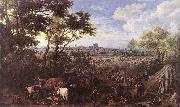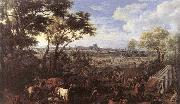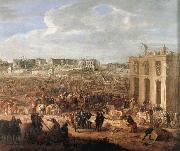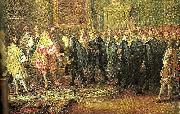huile sur la toile, vraie saveur de vieux maîtres.

1
|
|
|||
| Flemish painter (b. 1632, Bruxelles, d. 1690, Paris). | |||
|
|
|||

| |||
|
|
|||
|
|
|||

| |||
|
|
|||
|
|
|||

| |||
|
|
|||
|
|
|||

| |||
|
|
|||
|
|
|||
1 | Artiste précédent Artiste prochain | ||









